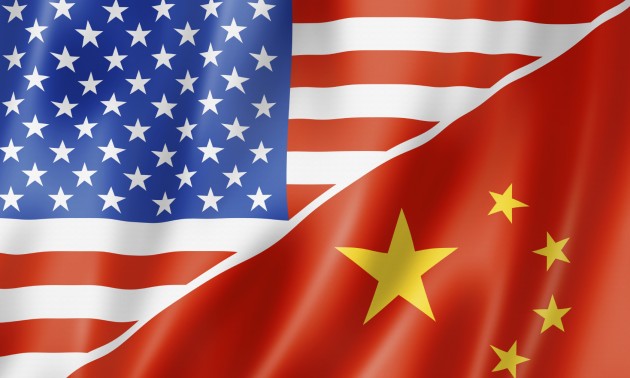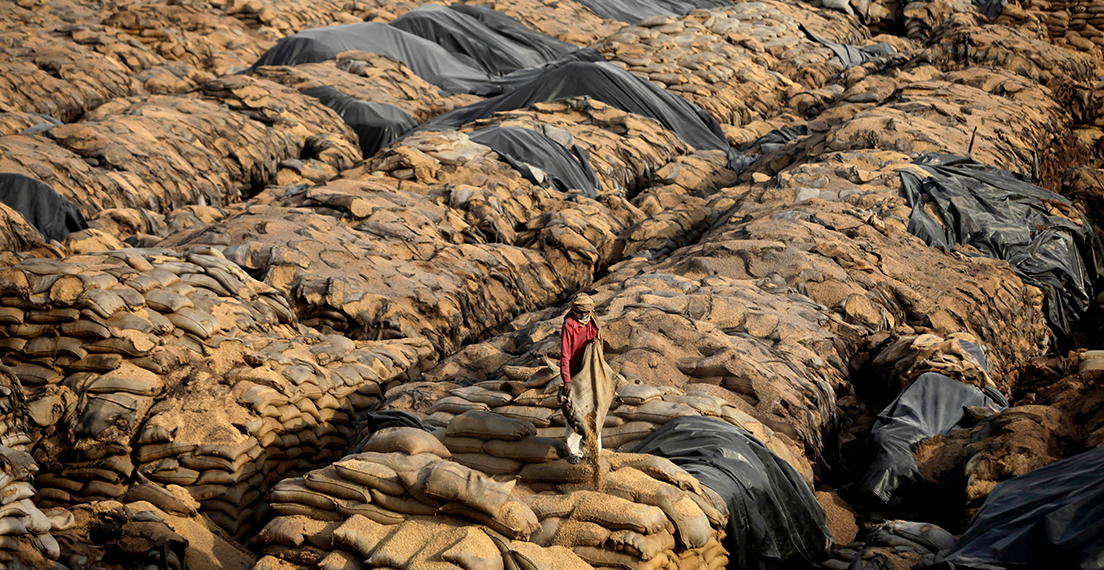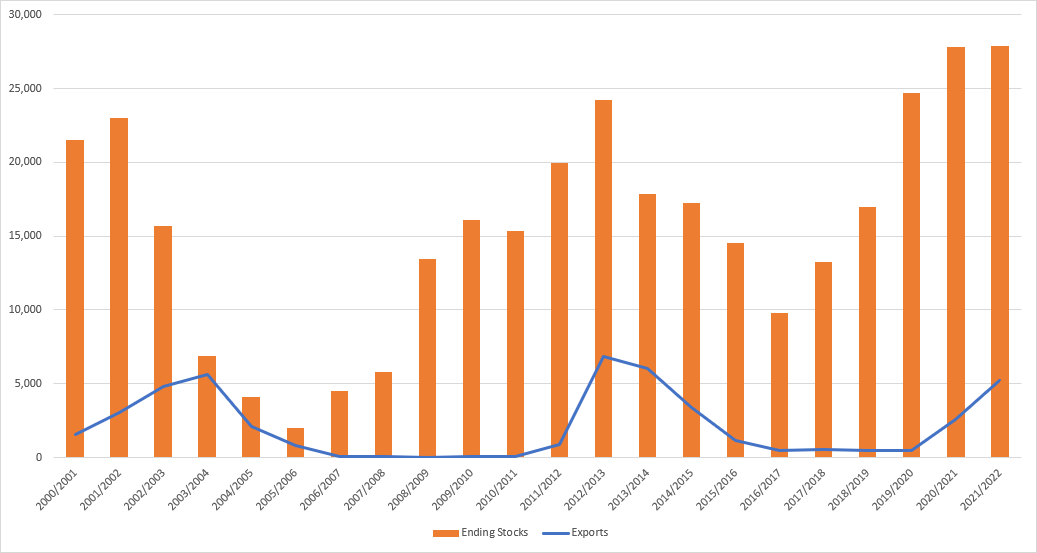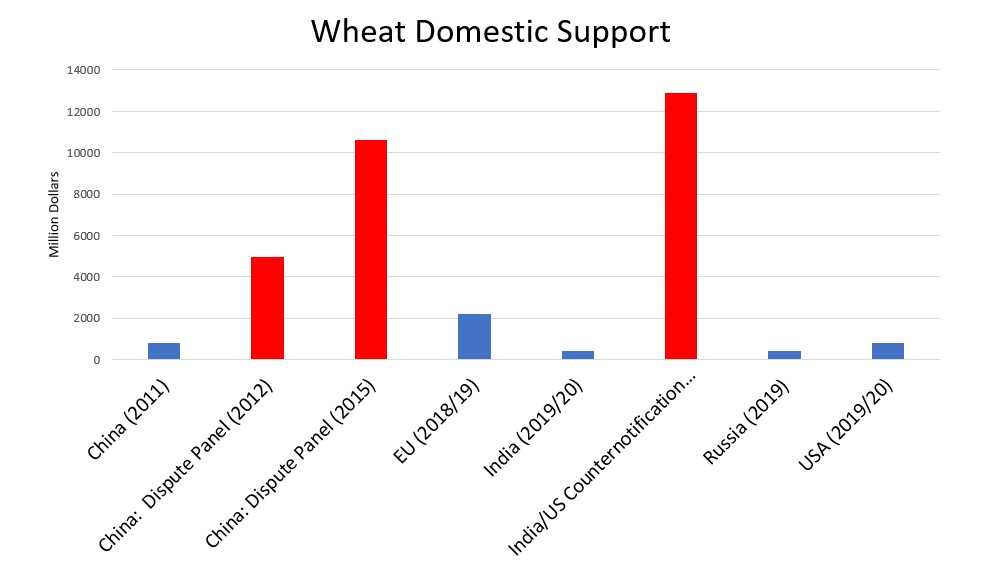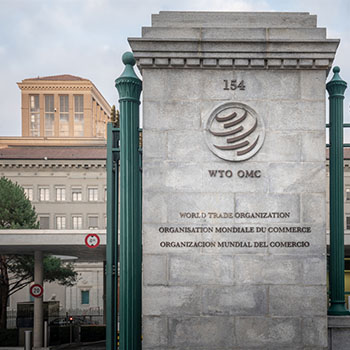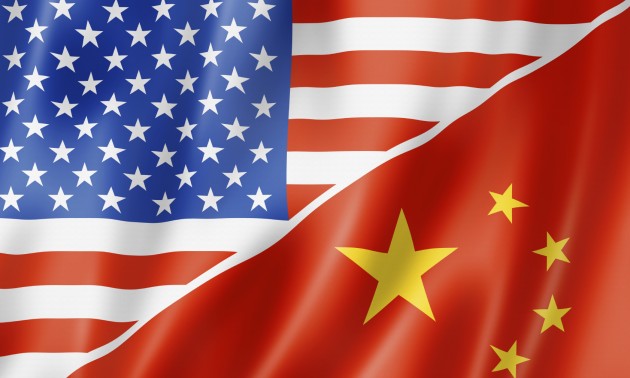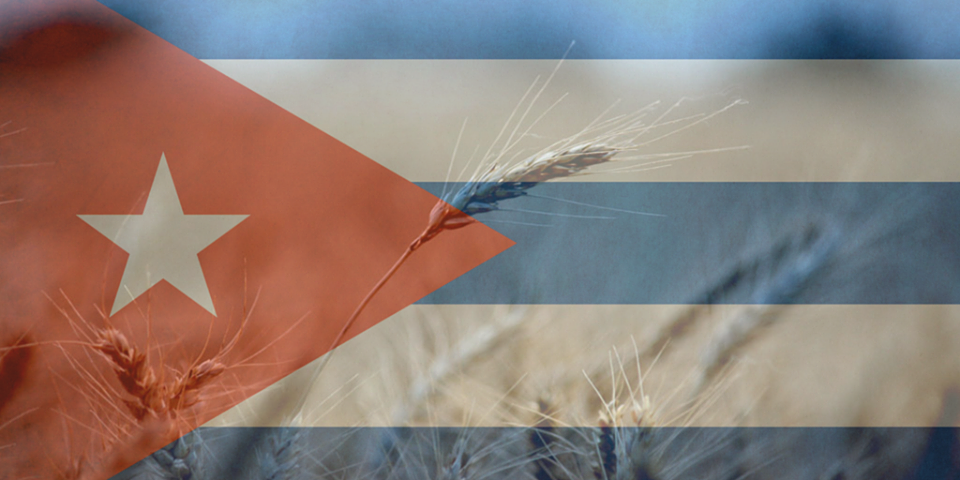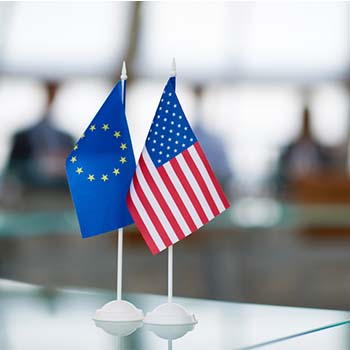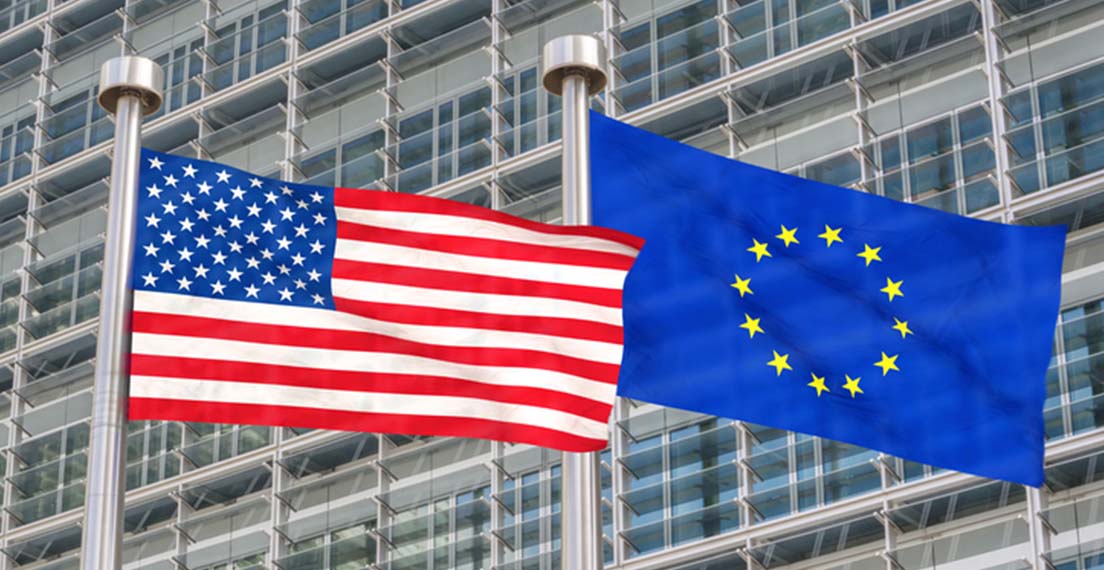China’s latest customs numbers are in, and the news is significant. After clearing 933,500 metric tons of wheat through customs in December, China in calendar year 2021 exceeded its 9.636 million metric ton (MMT) annual wheat TRQ (tariff rate quota) established in its World Trade Organization (WTO) membership. The official tally was 9.718 MMT of imported wheat.
According to customs, Australian wheat and U.S. wheat at more than 2.7 MMT each were China’s largest suppliers in 2021. The difference between them is a mere 9,000 metric tons. That is about the volume that fits into one hold on a bulk freight vessel.
Customs data showed China exceeded its annual wheat TRQ in part by importing 2.544 MMT of Canadian wheat and 1.412 MMT of French wheat in 2021. The volume China imported from those four wheat suppliers indicates to U.S. Wheat Associates (USW) that buying from deep and transparent markets with good ocean shipping infrastructure is still attractive to China’s buyers. The remaining 3% of its total 2021 imports arrived from Kazakhstan and Russia.
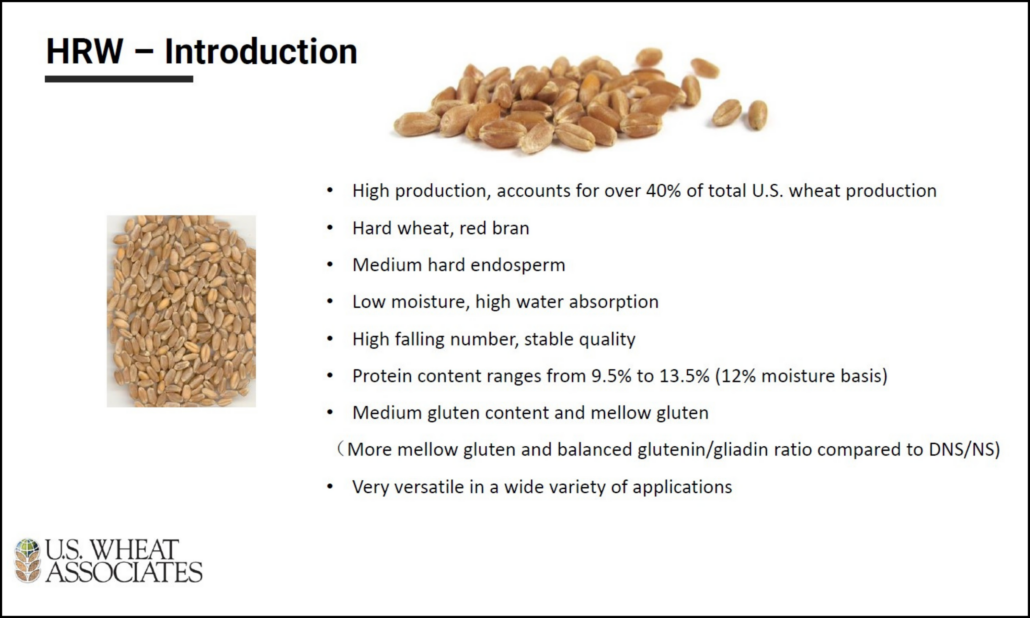
Introducing HRW Wheat. China imported a significant amount of U.S. hard red winter (HRW) wheat in 2021. So in September, USW used presentations (above) and technical demonstrations to help Chinese millers and grain buyers understand the functional benefits of HRW.
U.S. Wheat Demand
In December, a private buyer purchased a small container-load of U.S. wheat. That helped lift China’s total U.S. imports in the second half of calendar year 2021 t0 848,000 metric tons. The obvious, recent slow-down in U.S.-origin wheat arrivals is disappointing. But it is not surprising. In fact, U.S. export wheat prices are now above domestic Chinese prices on a Cost and Freight basis.
China’s private milling and wheat food manufacturers serve an increasingly sophisticated consumer market. Their demand for four classes of high-quality U.S. wheat remains strong. That is why our experienced, professional USW China team members continue to educate industry customers about U.S. wheat value and functionality. We are pleased that COFCO, China’s state trading company, welcomes our activities that, we believe, helped China exceed its annual wheat TRQ.
Practical Guidance
A good example from 2021 was a three-day “Contracting for Wheat Value” seminar in July for 32 participants representing 11 non-state and state Chinese trading companies and mills. The goal of the seminar was to help the participants become better-prepared buyers. USW provided practical guidance on writing contract specifications that take advantage of U.S. wheat crop and market situations and much more. According to input from the meeting participants, our goal was achieved.
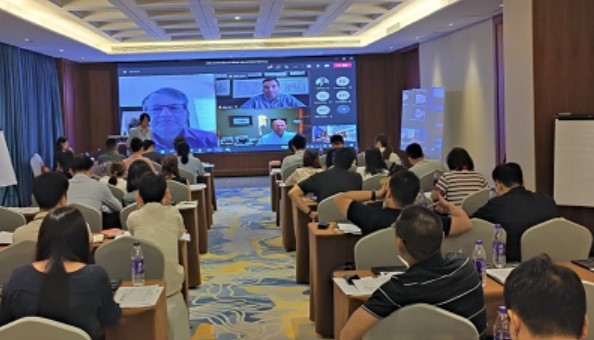
Contracting for Wheat Value. USW combined an in-person meeting in Guangzhou, China (above), with video and virtual presentations in July 2021 to help Chinese wheat buyers better understand the U.S. wheat export system.
Policy Plays Its Role
We also respectfully look for help from policymakers on both sides. Since the Phase One agreement, U.S. wheat sales to China are far above USW’s pre-trade war average. As USW Vice President of Policy Dalton Henry noted one year ago, policymakers “would do well … to pick up where Phase One left off and continue to build on the tremendous export potential for China.”
It is true that some uncertainty will remain in U.S.-China trade relations. It is also true that opportunities will emerge to do business in China. USW has support from our farmers and USDA Foreign Agricultural Service export market development programs. And USW will stay engaged in keeping our Chinese customers informed about the quality, variety and value of U.S. wheat. So hopefully, next January, we will see that China has once more exceeded its annual wheat TRQ.
Finally, we wish all our customers and friends peace and good health in the Year of the Tiger!
By Jeff Coey, USW Regional Vice President, China, Hong Kong and Taiwan

